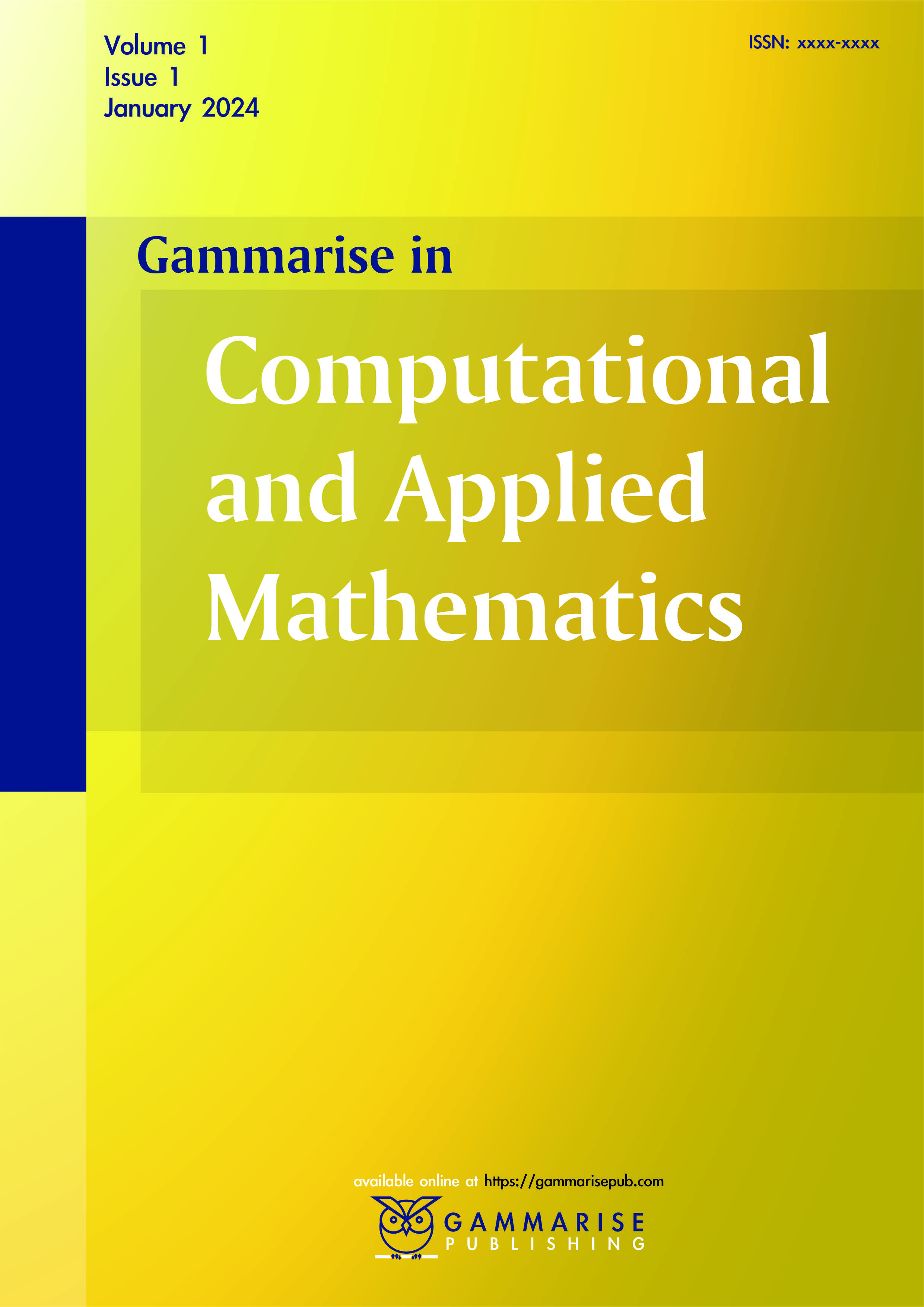Journal Identity
| Journal Name | : | Gammarise in Computational and Applied Mathematics |
| Editor-in-Chief | : | Dr. Hasan S. Panigoro, M.Si. |
| Journal Website | : | https://ejournal.gammarisepub.com/index.php/gammacam/index |
| E-ISSN/P-ISSN | : | xxxx-xxxx/xxxx-xxxx |
| DOI prefiks | : | https://doi.org/10.xxxxx |
| Indexing | : | Google Scholar |
| Publisher | : | Gammarise Publishing |
| Publisher Website | : | https://gammarisepub.com/ |
| License | : | CC-BY-ND |
About the Journal
Gammarise in Computational and Applied Mathematics is a distinguished, peer-reviewed journal committed to publishing high-quality, original research that bridges the fields of applied mathematics and computational science. The journal actively seeks contributions that offer significant advancements in mathematical theory, numerical methods, computational algorithms, and innovative computing applications. Emphasizing a multidisciplinary approach, the journal addresses critical areas such as applied mathematics, mathematical physics, numerical analysis, optimization, and computational modeling, while maintaining a strong connection to engineering, physical sciences, and theoretical mathematics.

